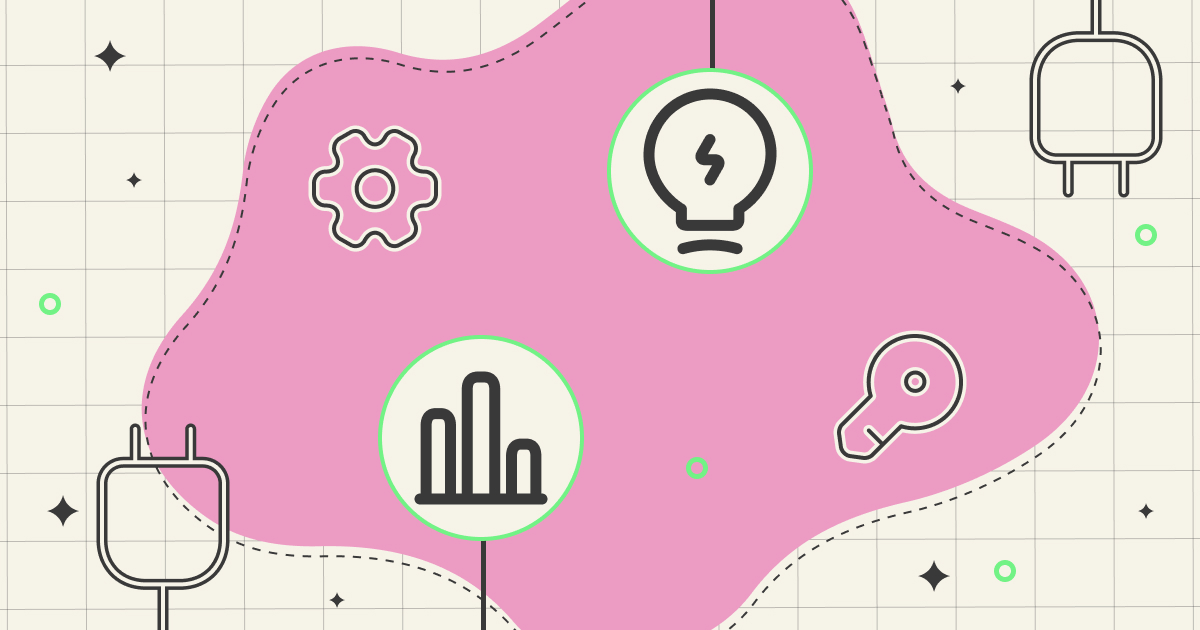- Home
- Resource Center
- Articles & Videos
- Business Agility: Are We Ready for the Transformation?
10 July 2023
| by Ushuaia Solutions
Business Agility: Are We Ready for the Transformation?

Today we are living through a time of accelerated change at various levels. In one way or another, the world is no longer the same. It is now characterized by uncertainty and rapid changes. How can our organizations adapt to this complex world?
The traditional organizations we all know were designed for a different world. Bosses used to control their “subordinates”. Presenteeism and the perfect execution of tasks were valued. Each professional was concerned only with their task, which led to rigid structures, silos, and bureaucracies. Traditional organizations are fundamentally hierarchical, rigid, bureaucratic, with authoritarian leadership teams.
Organizations need to evolve in order to survive and thrive. This transformation is not achieved simply by incorporating technology or digitizing processes. It is achieved by making deep and difficult decisions on more complex aspects.
Today we need organizations that unleash the creative potential of people, that empathetically respect individuality, that responsibly create value, that provide meaning, that are agile and flexible. We need truly humane, honest, agile, and sustainable organizations.
What we talk about when we talk about business agility
Business agility refers to an organization's ability to make tough decisions in complex, fast-changing scenarios.
Leading with agility means that you don’t hold on to the past – you let go of old ways of thinking and change course in an instant when you receive new information. You don’t accept fear of failure in business and you quickly recover after a setback. You are willing to learn how to improve leadership agility even more. You adapt, overcome and survive.
All great leaders have developed certain skills that allow them to inspire others. Agile leadership puts more emphasis on quick thinking, adaptability and decision-making. Some common principles of agile leadership are:
- CREATIVITY. Leading with agility involves quickly adapting to new situations as they arise. You’ll often need to think of creative solutions that allow you to solve both short- and long-term problems.
- COLLABORATION. No successful person got where they are alone. Agile leaders are humble. They know that great ideas can come from anywhere, and they ask for feedback and create a collaborative problem-solving environment.
- CONFIDENCE. Not everyone can make big decisions. It takes a deep belief in your skills and knowledge and the inner strength to accept the consequences of your actions.
- CANI. As long as you commit to constant and never-ending improvement (CANI), you can develop agility leadership skills. This mindset will get you far in business and in life.
From this perspective, agility allows us to provide a framework to an organizational change that affects the way individuals engage with each other. In other words, opening up to agility means opening up areas of interaction and creativity, allowing collaboration and innovation in the organization.
Entering the world of agility also means developing new skills and competencies to employees that foster transformation.
Transforming culture can be the hardest challenge in becoming an agile company. However, listening to people and generating small agreements can help to gradually bring about a positive change in processes and the way people work.
When people are complex, transformation must be so agile that the changes are easy to accept.We need to generate certainty about the changes that are going to be made, communicate, take small steps in the change, and eradicate the idea that making mistakes is bad.
How can our organizations become more agile
Training and support to implement change become an important part of helping people transform their lives first and then the way they interact with others, creating high-value results for everyone.
Constant feedback is also an important part of the transformation with agility. It is a quick way to know if people have understood their role and thus ensures that value continues to be created.
Being clear about where we are and where we want to go is an important part of giving it direction and not wasting time and energy. Step by step, generating small changes and maintaining the synergy of the teams, listening, giving feedback, making mistakes.
We must not repeat recipes from the past, it is not “doing for the sake of doing”. We must have the immense courage to look inward and ask ourselves uncomfortable questions: >Why are we doing what we are doing? Whose lives are we changing? Do we really add value to the business?
Ask yourself each of these questions and answer yourself with love, with courage, with compassion, with a critical eye and with a lot of optimism. Because you can always change, you can always learn and always -ALWAYS!- we can choose to start doing things differently.
Let’s get ready for the transformation!
We know it is time to review our most deeply rooted practices and beliefs, and rethink how we add value and contribute to transformation. The question then becomes: Are we ready for transformation? Are we ready to step into this role with commitment and responsibility? But to really do it, we must let go of everything we think we know, leaving behind our best practices or “what should be”.
Change demands a lot of courage, determination and bravery. To change is to change ourselves. It is essential to always inquire why and why we do what we do, in any area of our lives. When we understand that, we can begin to transform ourselves.
If we transform ourselves as people, we can probably transform other people and our organizations.
Sign up for our newsletter on globalization and localization matters.

Eugenia Conti
Eugenia is the QA Program Manager at Ushuaia Solutions. She is an English Teacher and Translator. She has been a team coordinator and Language Lead for more than 15 years and now she’s working with the USHTeam to develop the Quality Assurance Program. She loves sports, mainly tennis and swimming.


